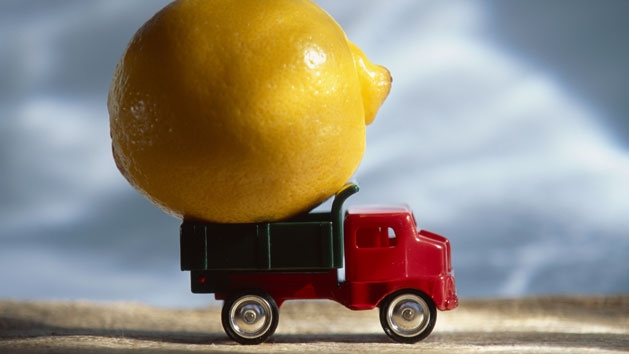
Australian food waste likely to be much worse than first estimates show
Cold chain advocacy group, Australian Food Cold Chain Council (AFCCC) has welcomed the Federal Government’s latest assessment of food waste, but believes food losses in transport added to conventional wastage of food, will ultimately show that these early estimates are far too low.
This first serious attempt to quantify Australia’s food loss and waste estimates that every person in the country throws out almost 300 kg of food every year. ‘This is a disturbing statistic, and good enough reason to support the first National Food Waste Strategy, which aims to halve food loss and waste in Australia by 2030, in line with EU policy,’ said AFCCC Chairman Mark Mitchell.
‘Nobody really has the accurate figures on food waste because of poor data, so this first estimate can only be regarded as a best guess,’ he added.
‘One area where our data is almost non-existent is in the food cold chain, where significant transport and storage is involved in moving perishable food streams such as soft fruit, dairy and leafy vegetables across often long distances in high temperatures. Anecdotal evidence has revealed some horror stories about food loss, like a southern state herb grower who consistently loses 90 per cent of his produce in transport, and a strawberry industry that has up to 17 links between grower and the store,’ Mr Mitchell said.
‘The tragedy is that the technology exists to combat food loss, but many of the links in the cold chain are broken. Cold chain food travels through many different hands before it gets to the plate, but nobody wants to take responsibility for the huge trailer loads of food that are rejected at their destination through temperature abuse or poor handling processes.
‘So our reason for pessimism about the latest food waste numbers is that data on transport losses is so poor that the national estimates of food waste exclude transport. Data from the sector is limited and uncertain,’ Mr Mitchell added.
‘AFCCC, which is working with kindred groups such as FIAL and the Australian Institute of Packaging, to measure cold chain food loss for the first time, has already identified a number of critical control points in the chain that add up to food waste on a massive scale.
‘The bulk of food waste is generated during transport, particularly in the cold chain. Some of the critical control points include poor storage on or near the farm, unrefrigerated loading docks, inadequate insulation and temperature control in refrigerated vehicles and the monitoring of air temperature, rather than product temperature in many points of the cold chain.
‘There’s no doubt that the preparation of an annual inventory is needed to improve data collection and quality.
‘The AFCCC will throw its weight behind programs that will help capture good data to enable the development of effective food waste policies,’ Mr Mitchell added.
This story was provided by The Australian Food Cold Chain Council (AFCCC).



